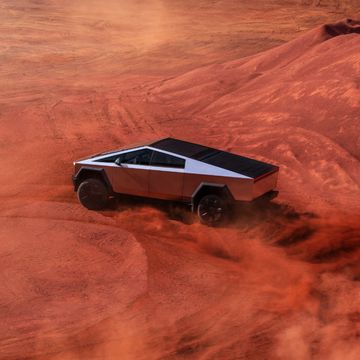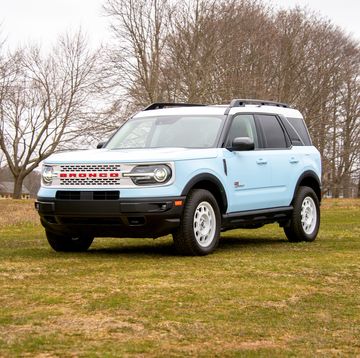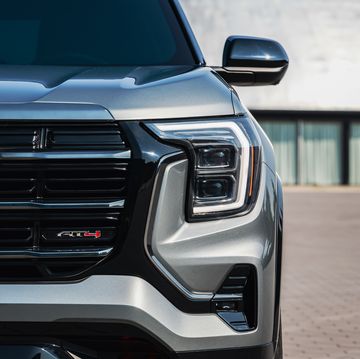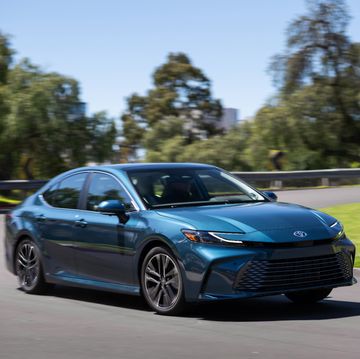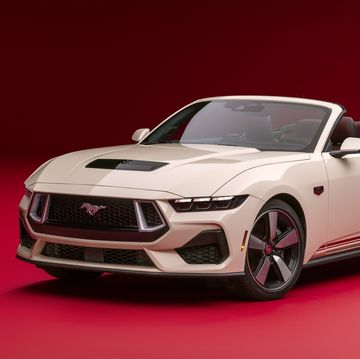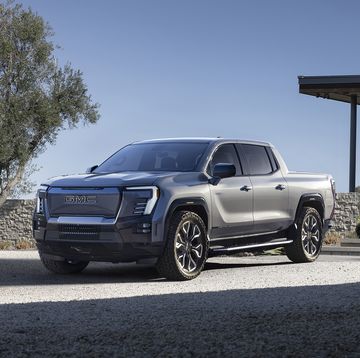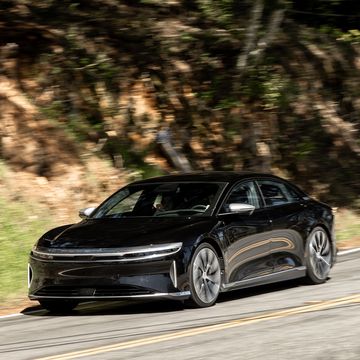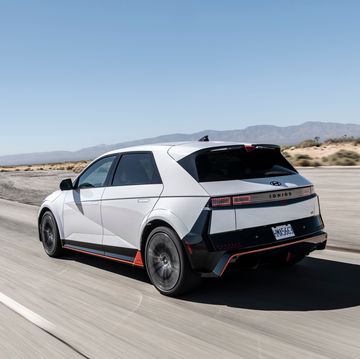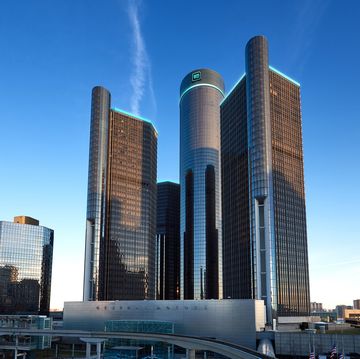The jeep was created in late 1940 by the American Bantam Motor Company to meet the Army’s requirements for a lightweight, go-anywhere, general purpose (GP) reconnaissance vehicle. The GP tag led to GIs calling it the “jeep,” although Jeep didn’t become a trademark until years later. Bantam was the only manufacturer to respond to the Army’s request for a running prototype in just 49 days—but Willys-Overland and Ford both later created their own prototypes based on the Bantam design. Willys and Ford were awarded production of the vehicle.
Long before the end of the war, Willys recognized the potential popularity of the jeep in peacetime markets. Industrial designer Brooks Stevens created in 1943 a design for a postwar Willys passenger car based on jeep mechanicals. Willys didn’t resume passenger-car production until 1952; instead rolling out a line of jeeps for working applications. In 1946, Willys introduced the industry’s first all-steel station wagon, followed by a panel delivery truck and a pickup the following year. The Jeepster—a “fun car”—was introduced in 1948. These vehicles were 2wd and powered by Willys’s four-cylinder “Go Devil” engine.
With the addition of 4wd and a 146-cubic-inch six-cylinder engine in 1949, the Willys station wagon has been called the first sport/utility vehicle. But by 1949, other manufacturers had introduced all-new models that were both more stylish and much more sophisticated. Willys sales languished.
The Willys’s appeal was primarily to farmers, ranchers and sportsmen, and production continued largely unchanged for 19 years. Willys-Overland was sold to Kaiser Industries in 1953, and Kaiser’s 115-hp six-cylinder “Hurricane” engine was offered beginning in 1954. The company name changed to Kaiser Jeep in 1963, and the Stevens-designed Jeep Wagoneer was introduced, itself destined for iconic status.
Neil Ferguson’s family is only the second owner of this 1960 Willys 4wd station wagon, which has been used at the family’s Green Chimneys house on Nantucket Island in Massachusetts. Ferguson’s station wagon is typical of the final years of Willys production. The Kaiser Hurricane engine is under the hood, driving through a three-speed transmission. Four-wheel drive is managed by a transfer case shifted with a lever in the cab, while a second lever shifts into high and low ranges.
Seats accommodate three each, front and rear. The seat frames are covered with sturdy, textured green vinyl and a smooth vinyl for seating surfaces with an abstract pattern that looks like tiny mountain ranges. The steering wheel is made of hard plastic with the Willys logo in the center. The floor is covered with black rubber mats.
Anyone who has driven a Jeep CJ will find surprisingly little difference in driving the Willys. The round clutch and brake pedals pivot from the floor, but otherwise the experience is familiar. A single round dial in the center of the metal dashboard includes the speedometer and the temp and fuel gauges. Simple pulls control airflow, temperature and the defroster. The engine shakes itself to life with a turn of the key. The clutch has an unusually long throw, but once under way, the Willys moves smartly, with a nostalgic gear whine in first. Shifts are precise if they are not hurried. Downshifts are not so easy. There is no synchro to first gear, which requires resting the gear lever in neutral until the Willys rolls almost to a full stop before slipping the lever into first. Forty-five mph is a happy speed.
Jeep became a part of American Motors in 1970. But it was AMC’s development of a new, smaller Jeep Cherokee and Wagoneer and pioneering 4wd technology in 1984 that raised Jeep to the first rank. Chrysler Corporation bought American Motors in 1987 largely for Jeep’s 4wd technology.

